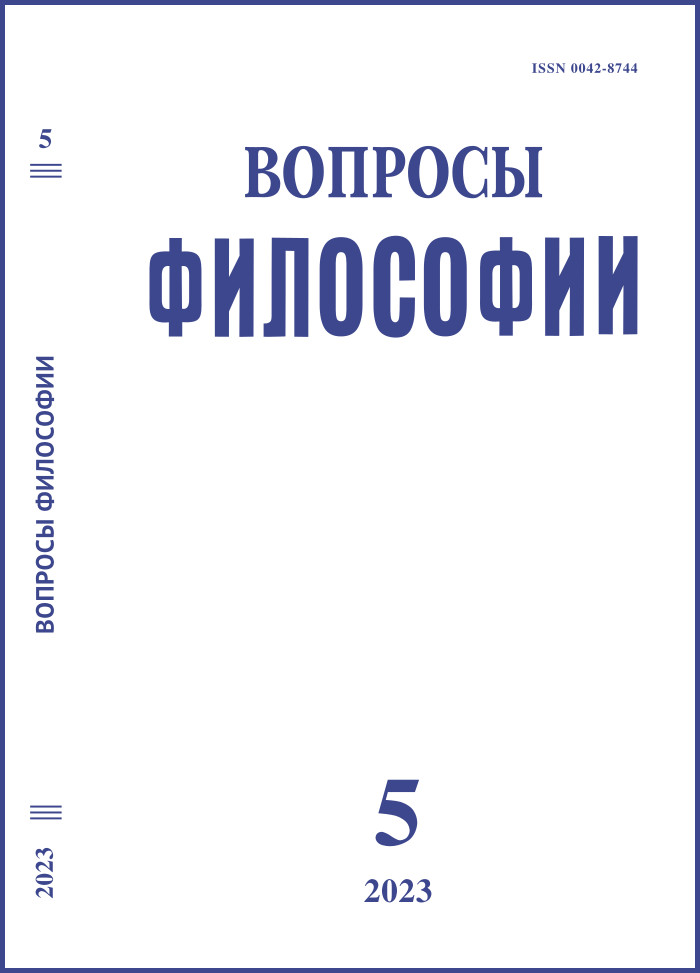On the Typology of Structuralism in Contemporary Philosophy of Mathematics
DOI:
https://doi.org/10.21146/0042-8744-2023-5-28-38Keywords:
mathematical structuralism, philosophy of mathematics, mathematical knowledge, structure, mathematical object, typologyAbstract
One of the most influential positions in contemporary philosophy of mathematics is mathematical structuralism. The number of different variants of this position is high, and several approaches have been proposed to typologise them. However, none of them is exhaustive, and they do not cover all the variety of variants of mathematical structuralism proposed so far. The paper briefly describes the most representative conceptions of mathematical structuralism, and analyzes the available variants of their typology. It is shown that distinguishing between eliminative and non-eliminative mathematical structuralism, as done by C. Parsons, does not take into account the typical attitude of mathematicians (as opposed to philosophers) to structuralism. This insufficiency is overcome in several approaches highlighting methodological (or non-ontological) varieties of mathematical structuralism. A more detailed typology of mathematical structuralism proposed by E. Reck and M. Price and contains C. Parsons typology as its integral part. The paper shows that the structuralism of patterns (non-eliminative structuralism), which is reduced to the ante rem position of S. Shapiro, does not take into account the post rem structuralism. In a nutshell, the paper proposes an extension of E. Reck and M. Price’s typology which takes into account post rem structuralism

